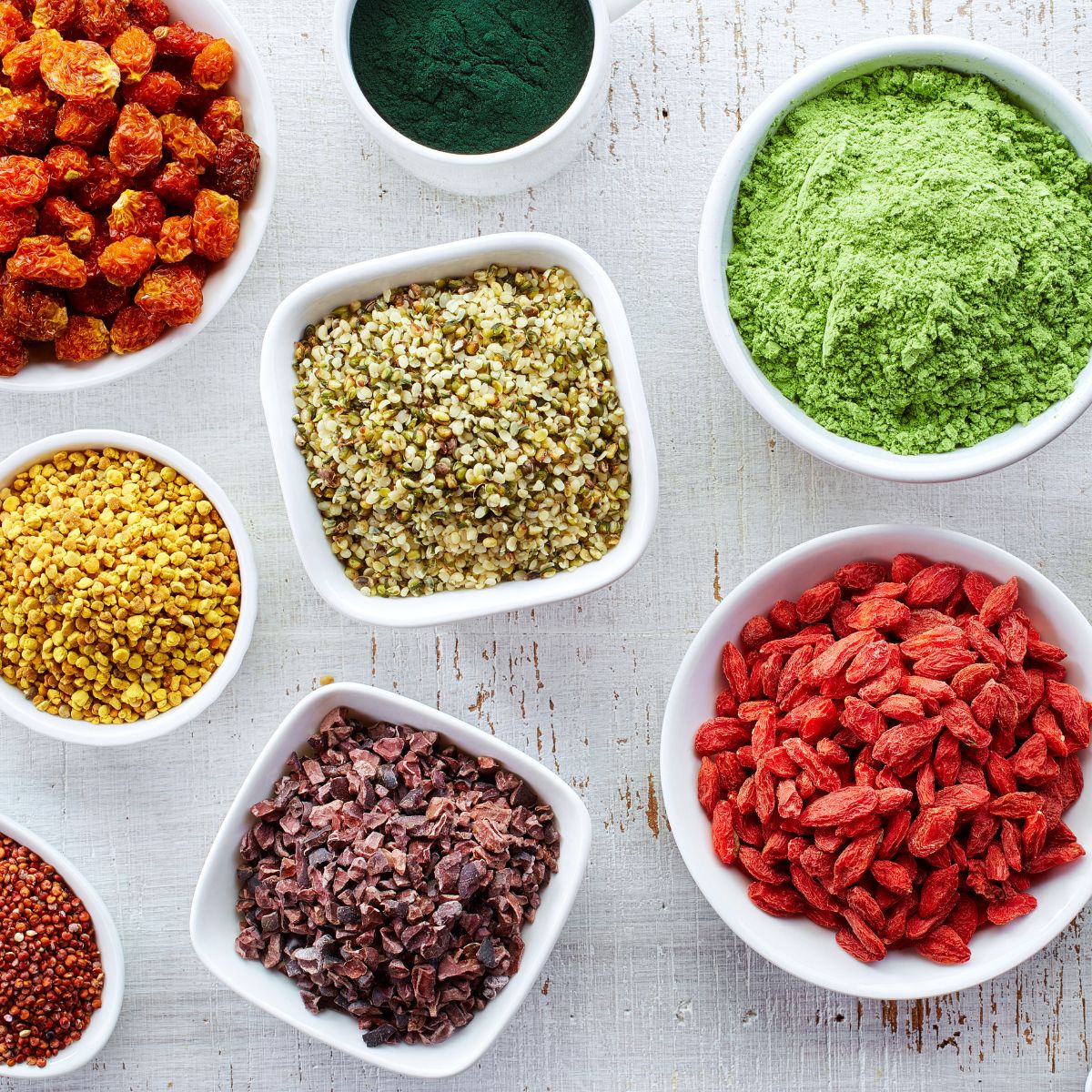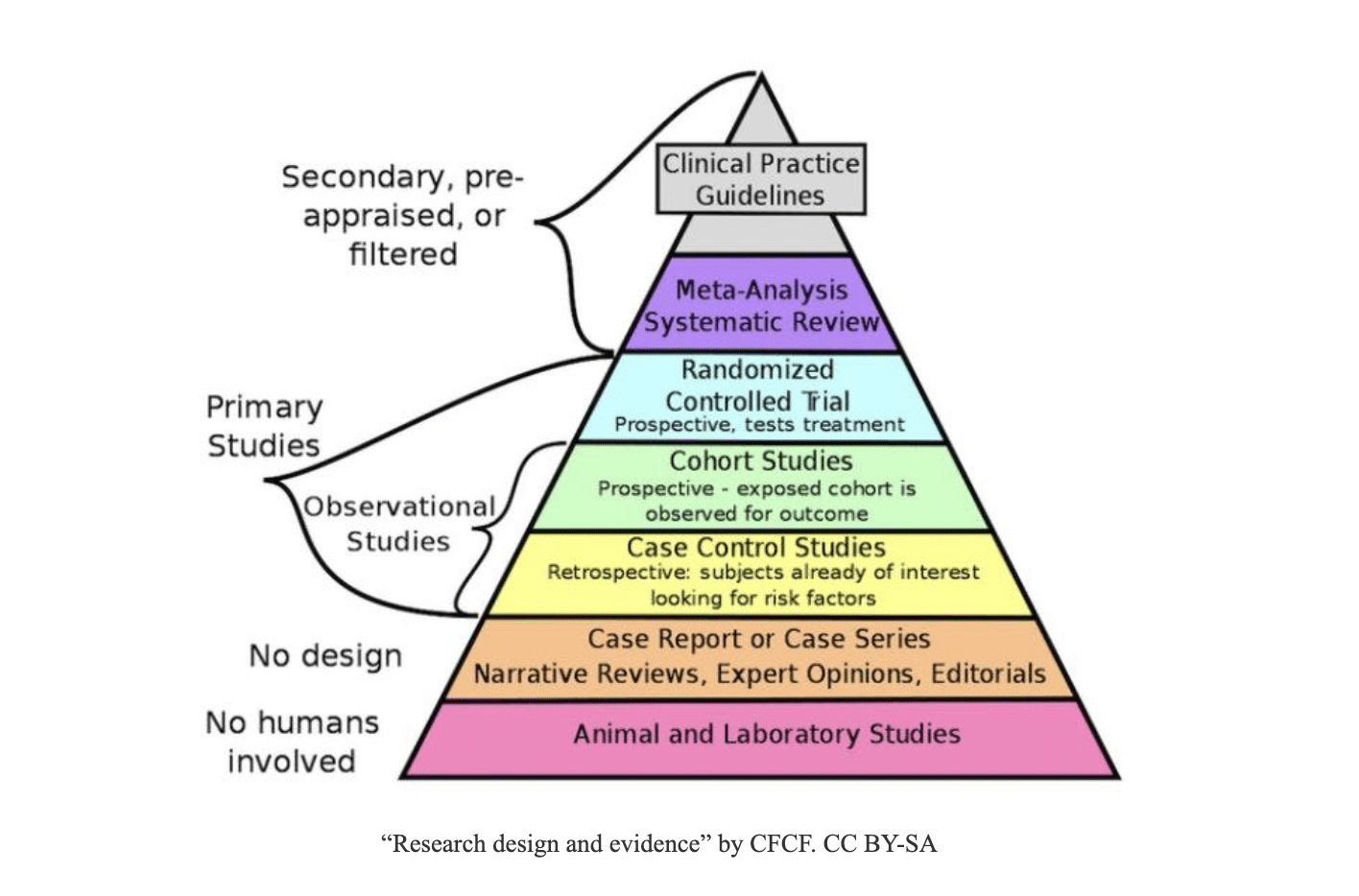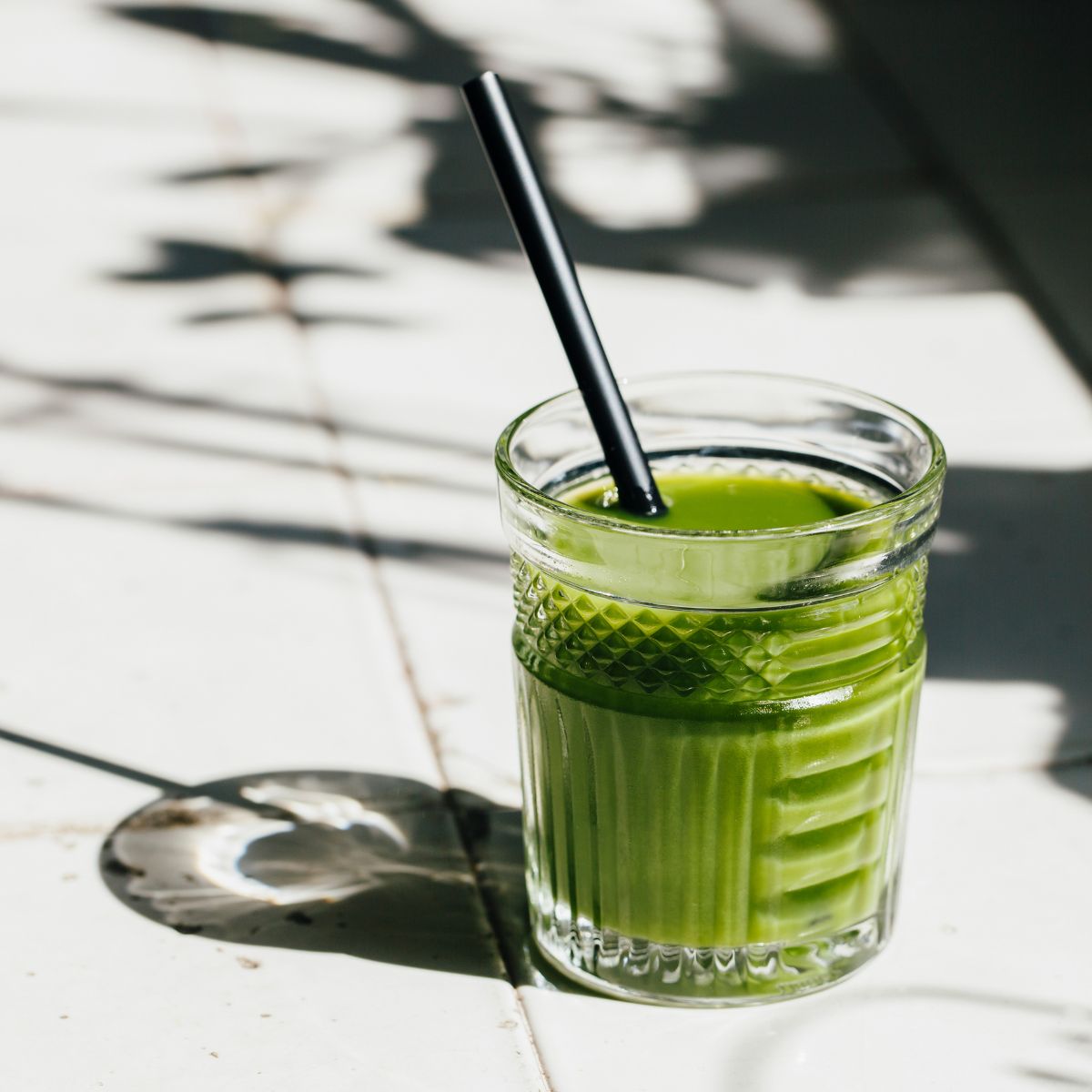

When I see a patient with a kidney stone, I typically ask for their dietary history. Sometimes the patient only offers a non-committal response that they eat a balanced diet. But we have a saying in nephrology: “The urine does not lie.”
A particularly memorable urine sample from a petite teenage boy with a painful stone had a tremendous amount of oxalate. I had to know more. With some detective work, I learned that this young man’s pediatrician had recommended he supplement his diet with KIND bars to help him grow. If you don’t know, KIND bars are full of nuts and dark chocolate, prime delivery agents of oxalate. He was following his pediatrician’s advice by eating four bars a day. Instead of growing taller, he grew a calcium oxalate kidney stone. Not the desired result at all!
Oxalate is a compound made by plants. It delays ripening, prevents decay, and alleviates cold damage. It also binds with calcium, which the plant draws up through its roots from the soil. Calcium is essential for plant growth and development. The combination of oxalate and calcium, calcium oxalate, serves several functions, including ion regulation and defending the plant from insect pests and animals.
Humans ingest both calcium and oxalate in our diets, and our livers also make some oxalate. Calcium supports healthy growth, bone structure, nerve conduction, and muscle contraction; oxalate mostly ends up in the toilet as it binds with calcium in the gut or the bloodstream. WebMD has a helpful list of high-oxalate plant foods, which include spinach, soy products, and almonds.[1]

This system works harmoniously enough for most people. However, when the amount of calcium oxalate in the urine becomes unmanageable, molecules stick together to become crystals that grow into grains that accumulate to form exquisitely painful stones. About 10 percent of the population will suffer from a kidney stone at some point in their lifetime.
But should the rest of us be concerned that oxalate has even more insidious effects? This is the hypothesis proposed by Sally K. Norton, MPH, in her 2023 book Toxic Superfoods.[2] She suggests that oxalate is a plant-derived toxin, an anti-nutrient, and the cause of just about every human malady except for cardiovascular disease (she does not go there, perhaps because of the overwhelming preponderance of evidence pointing to animal products as the culprit of cardiovascular disease).
In this trying-to-be-shocking book, she contends that the foods we have been taught are healthy, like leafy greens and whole grains, are actually toxic bombs of oxalate that, separate from the possibility of causing dreaded kidney stones, wreak havoc on our insides. Norton argues that, like death by a million cuts, oxalates bind other nutrients, trigger inflammation, and stress our cells.
Her case against eating plants relies heavily on anecdotal stories as well as some observational and interventional study results. I found her referencing style frustrating. There are no footnotes or citations in the text. Instead, she organizes endnotes at the back of the book by page number and phrase. So a sweeping, damning conclusion about oxalates may turn out, after much page flipping, to be from a scientific study, a personal blog, or no reference at all. For a 276-page book that makes such bold claims and contradicts decades of research, I might have expected more than a meager 270 endnotes, many of which are anecdotal.
Anecdotes are great for sharing a message. I started this article with a patient story, and I plan to incorporate two more. But anecdotes are considered weak evidence for making health-based decisions. In my opinion, this book is full of such flimsy substantiation. I didn’t do a tally, but it seems that most of her references come from the low end of the evidence quality pyramid, pictured below.

She even admits in chapter 7, titled “A Confusing Multitude of Symptoms and No Good Tests,” that there is a lack of scientific support for her theories about oxalate. More on that shortly.
I know very well what acute oxalate poisoning looks like. When a tween girl landed in my pediatric intensive care unit after drinking antifreeze in reaction to a dramatic breakup with her boyfriend, she showed signs of neurotoxicity (slurred speech, abnormal eye movements, confusion) from the rush of ethylene glycol. She dodged the arrhythmias, respiratory distress, muscle spasms, and renal damage that may occur as that compound is metabolized to an internal flood of oxalate that binds up vital calcium and invades the kidney.
In this book, Ms. Norton postulates that daily low-level oxalate exposure can cause chronic low-level internal harm, leading to bloating, constipation, diarrhea, low energy, weight issues, slow healing, cold hands and feet, rashes, allergies, hot flashes, blood pressure irregularity, sore feet, swelling, sun sensitivity, watery eyes, painful intercourse, incontinence, etc. Again, her evidence is anecdotal: She claims people have written to her that such symptoms seem to resolve soon after adopting her low-oxalate diet.
There are several challenges with trying to pin the blame on oxalate for all of these symptoms:
In short, there is no reliable noninvasive method to track oxalate to confirm whether it might be the cause of the numerous symptoms documented in the book.
That said, there are legitimate cases of chronic oxalate toxicity. As a pediatric kidney doctor, I was on the team caring for a young girl with primary hyperoxaluria. She had a very rare genetic defect that caused her liver to pump oxalate continuously into the bloodstream from birth. This constant flow of oxalate soaked up so much bone-fortifying calcium that her leg broke from a tiny toddler tumble. As expected, she progressed to renal failure as her kidney filters clogged up with calcium oxalate sand. A combined liver-kidney transplant cured her malfunctioning liver and replaced her fossilized kidneys, so this extreme story had a happy ending.
Norton proposes that chronic oxalate ingestion is causing unhappiness for many people in the form of secondary hyperoxaluria. She suggests the mechanisms of action, but, in my opinion, the associations between oxalate and these vague complaints are often weak. My patient had a very rare defect confirmed by genetic diagnosis; individuals hoping to prove that their non-specific symptoms are due to oxalate have untestable speculation.

Ms. Norton seems to have a highly calcified bone to pick with the plant-eating humans of the world. She frequently goes on a tangent about the dangers of vegetarianism and veganism. On page 108, she writes, “Because vegetarian diets inherently rely on high-carbohydrate grains, beans, starchy vegetables, and fruits, they tend to cause chronic hunger, high blood sugar, and high insulin levels: these are the elements leading to low muscle mass, a high percentage of body fat, and metabolic syndrome.” Decades of studies, many of which are likely well known to this audience, show the opposite healthful effects of unprocessed carbohydrates.[3][4][5][6][7][8][9][10]
(These references represent only the smallest tip of the iceberg; I could cite countless peer-reviewed studies to illustrate how severely at odds Ms. Norton’s claims are with the scientific literature. You can also find many articles on our website about related subjects, including What Causes Insulin Resistance? Is Fat the Cause of Type 2 Diabetes? To learn more about the science behind a plant-based diet, check out CNS’s Plant-Based Nutrition Certificate)
On page 51, she claims that plants have low nutrient content, which she claims leads to malnourishment, an increased volume of food eaten, and ultimately obesity. Compounding the problem with these deficient plant foods are insidious oxalates and other phytochemicals lurking to greedily soak up sparse minerals and vitamins. Again, it is difficult to square these claims with the huge body of scientific evidence showing that eating more plants reduces the risk of obesity and other diseases and leads to greater longevity.
On pages 161–162, she warns that existing symptoms can worsen and new symptoms can develop after people adopt a low-oxalate diet, as long-buried oxalate emerges in an oxalate clearing process akin to flushing out a toxic waste dump. One woman wrote to the author that after switching to a low-oxalate diet, she was “Feeling awful but also super clean and more energy overall!” These oxalate-clearing symptoms, presented in chapter 11, may continue “off and on for 7 to 10 years, or more.” In other words, the measures suggested in this book may cure some vague symptoms or else make them chronically worse!
So, her thesis is that oxalates, which are found in plant foods in variable amounts and cannot be reliably measured in a symptomatic person, cause numerous ailments and illnesses that may or may not improve—indeed, may worsen—when oxalates are lowered in the diet? In my opinion, the Salem witch trials had more grounded theories about the behaviors of the local women than this book has about how oxalate possesses people.
There is general agreement about the potential dangers of high-oxalate plant foods for people especially predisposed to kidney stones. The American Urologic Association, the National Kidney Foundation, and the European Association of Urology all recommend limiting the intake of oxalate-rich foods. (Incidentally, you might recall from the evidence pyramid above that such recommendations are considered the highest-quality evidence, integrating all of the lower levels.)
For the minority of individuals at greatest risk for kidney stones, there are some general guidelines for reducing oxalate intake without giving up the plant-based diet:
If you are not at high risk for developing kidney stones but are still concerned about so-called anti-nutrients, consider the following finding: The plant-heavy DASH eating plan has been shown to reduce the risk of kidney stones by 40 to 50 percent, despite its higher oxalate load.[11] This counterintuitive finding has been attributed to “the protective and synergistic effects of phytate, potassium, calcium, and other phytochemicals all abundant in the DASH dietary pattern.”[12] So much for noxious plant toxins.
The premise presented in Toxic Superfoods is interesting and maybe worth considering. But ultimately the book makes far too many claims that have not been and cannot be proven. Considering the disclaimer that a low-oxalate diet may worsen symptoms for many years, I will not be altering my plant-based diet in response to its anecdotal stories. However, if you do try a low-oxalate diet and experience benefits, be sure to write to Ms. Norton. You too may appear in the pages of her next book.
Copyright 2025 Center for Nutrition Studies. All rights reserved.